Sustainable packaging — it’s important to consumers and essential for the health of our environment. Just ask Neil Enciso, R&D senior director, global beverages packaging technologies, who leads a team that’s responsible for package development and innovation for brands like Gatorade, IZZE and Naked Juice. He’s also responsible for setting the sustainability agenda for all PepsiCo beverage packaging materials worldwide.
How do you define sustainable packaging?
Making sure the package has a great beginning of life, with excellent design and use of sustainable raw materials, and a great end of life that’s not going to be detrimental to the environment.
Ideally, you would want to leave the planet in a better state than when you started. With that, one of our previous goals that captured it well is a world where packaging need never become waste. This drives us to a completely circular system where new bottles (for example) are made from old bottles.
What is PepsiCo R&D’s biggest sustainable packaging accomplishment for beverages so far?
The incorporation of rPET (recycled PET) into the packages. LIFEWTR, for example, is now packaged in 100% rPET. Naked Juice has been in 100% rPET for a while before that. We’re eliminating millions of pounds of virgin material. By 2025, we want to have 100% of our packaging recycle-friendly.



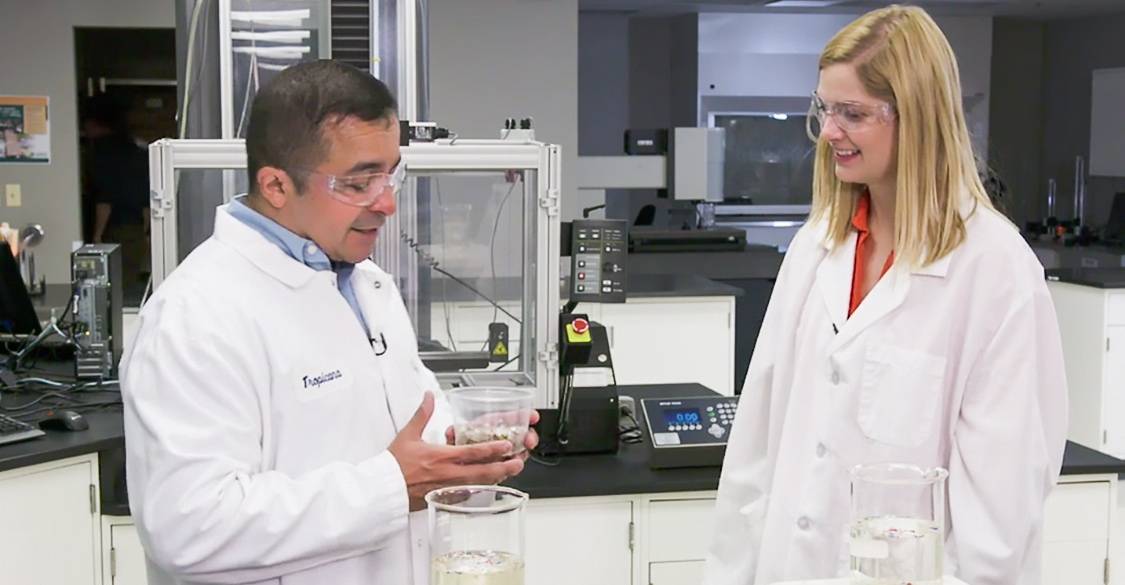
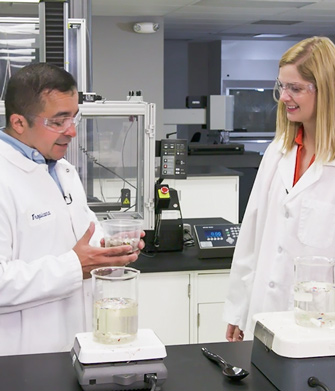
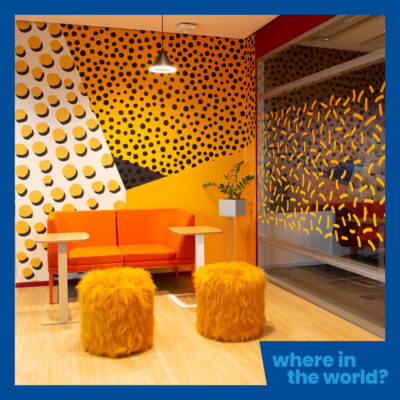
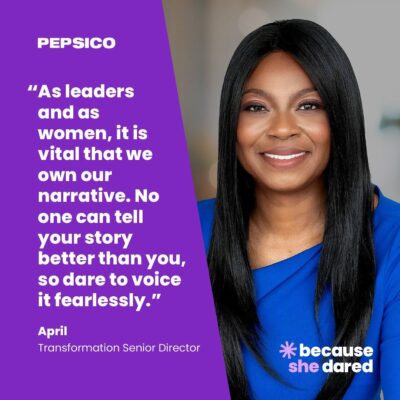
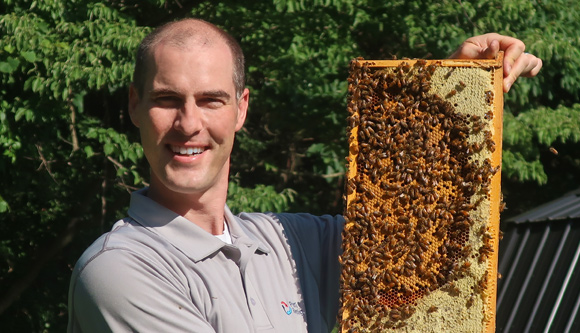
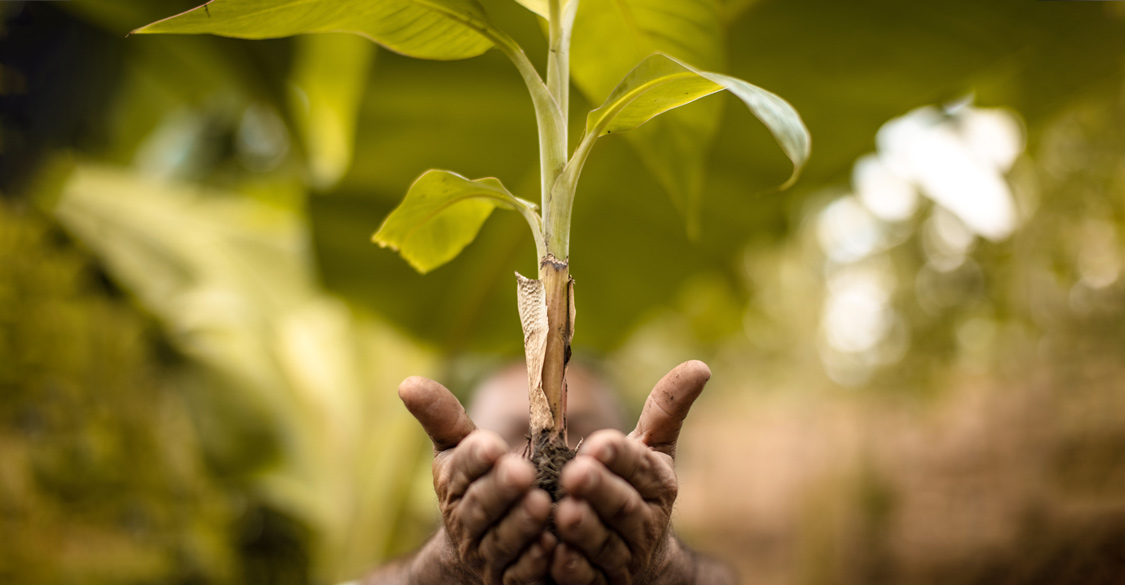
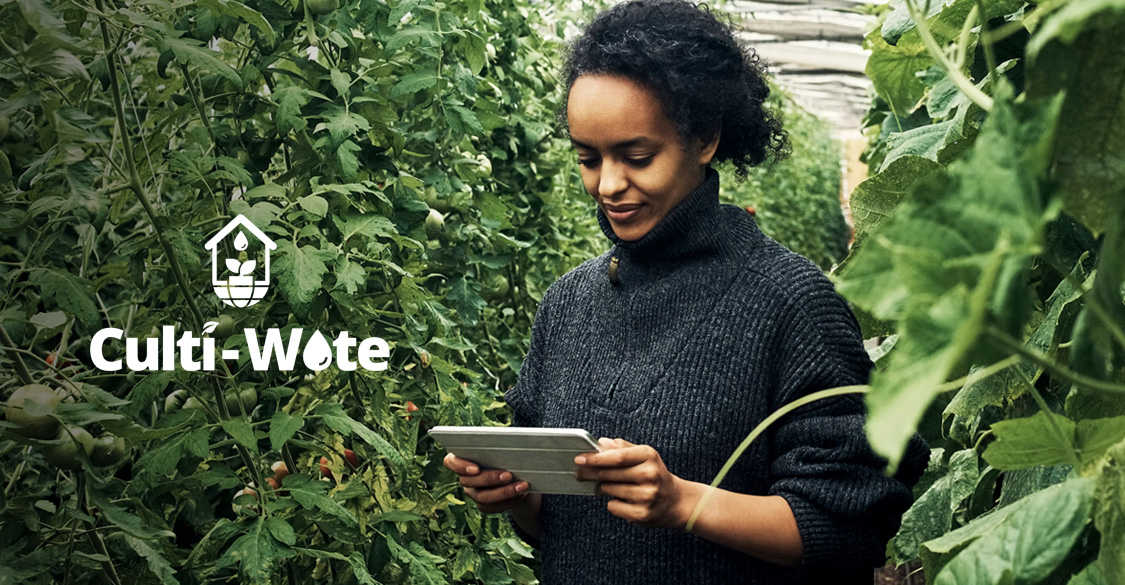
10 Reactions
ShareLooking to make new connections and grow your network?
Whether you’re starting a new job or hoping to branch out, this edition of “Dear HR” is packed with expert tips to help you create meaningful connections.
Read more See More